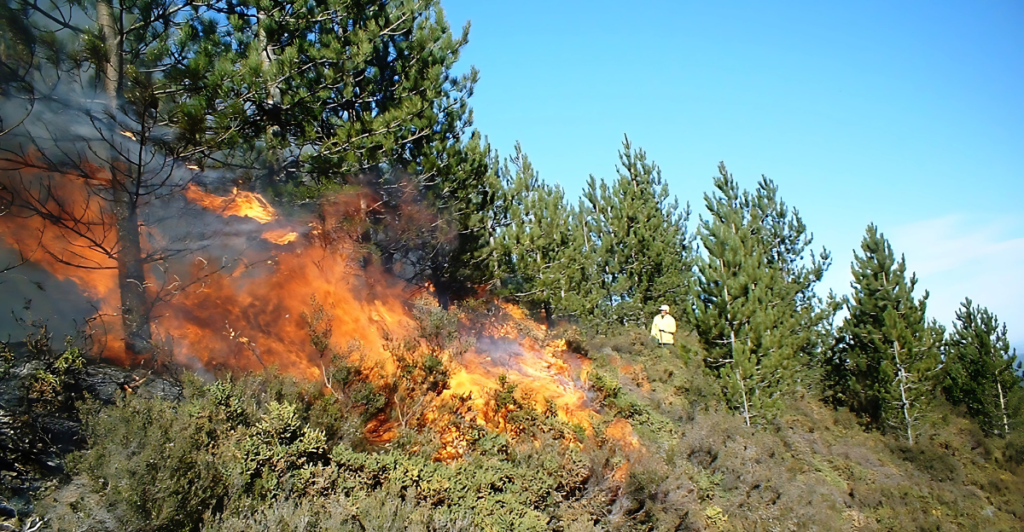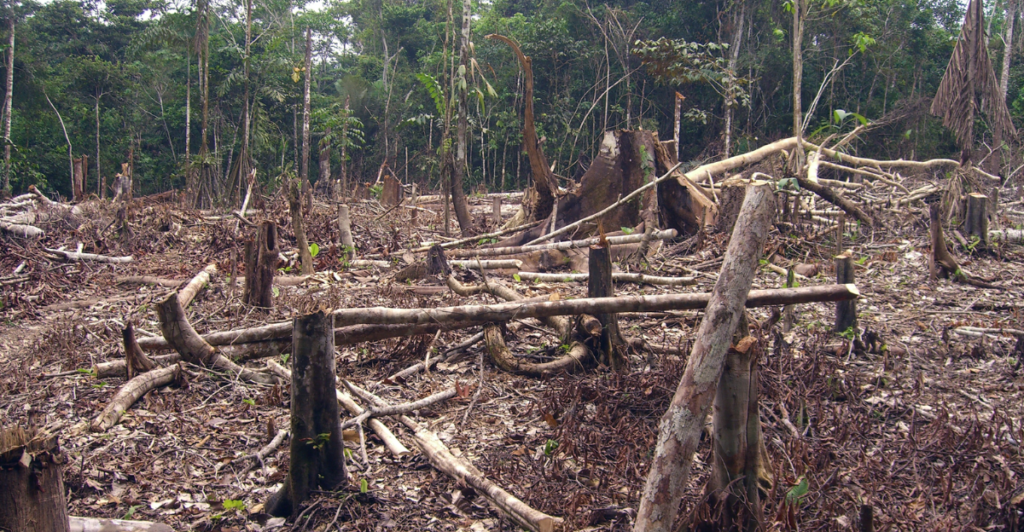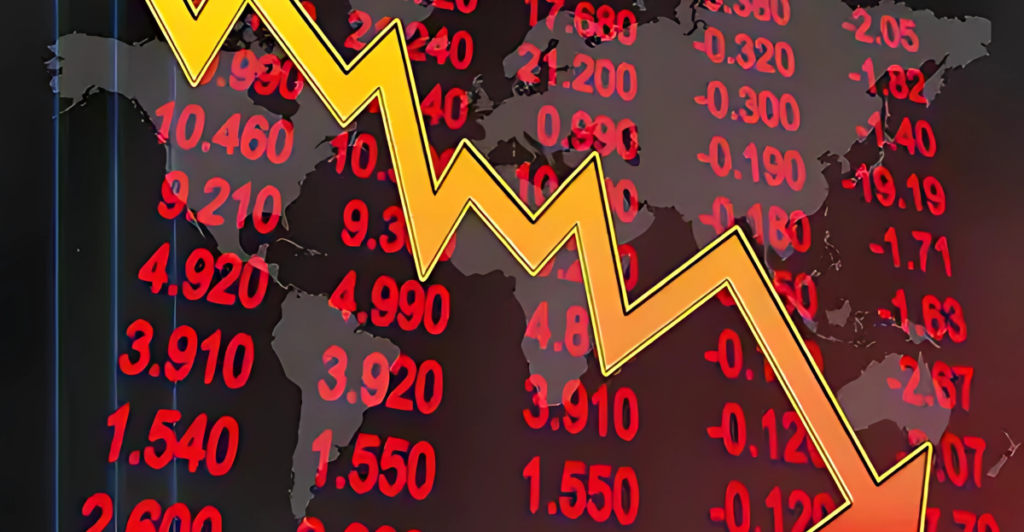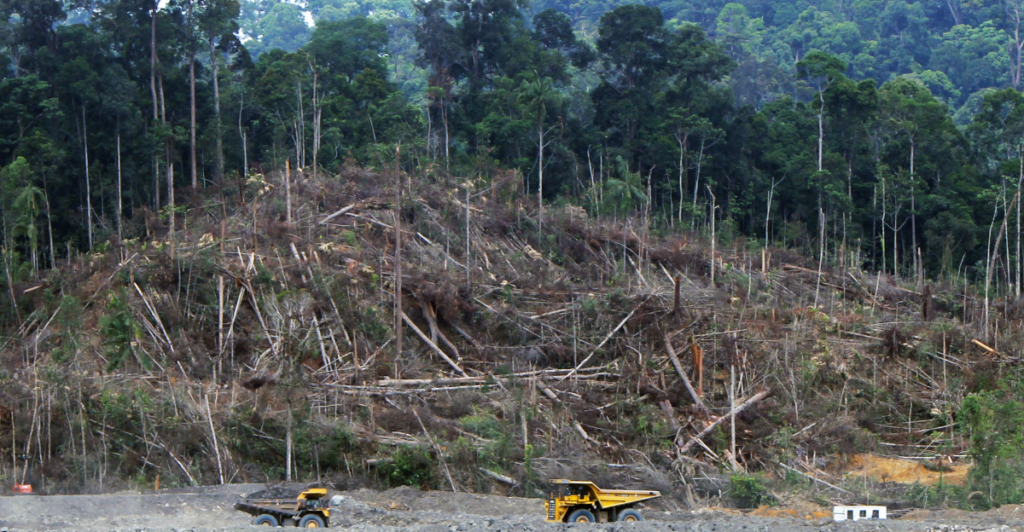
Fires. Floods. Freak storms. Climate change isn’t just wrecking coastlines and forests—it’s gutting the insurance industry from the inside. Add in habitat destruction and suddenly entire regions are becoming “uninsurable.” Premiums are skyrocketing, policies are vanishing, and insurers are bailing out. It’s not a drill: the weather isn’t just wildk, it’s rewriting the rules of risk. So what happens when climate events and ecological collapse hit your bank account before they hit your backyard? Here’s how the insurance market is being forced to evolve fast.
Too Many Disasters, Too Many Claims

Insurance companies are drowning in payouts. In 2023 alone, extreme weather caused nearly $93 billion in damages. That’s hurricanes, wildfires, floods—and the trend is climbing. More claims = more risk = more pressure on insurers to raise premiums, rethink coverage, or walk away entirely. And guess who pays? We do.
Premiums Are Going Through the Roof

Live near water? Forests? Anywhere warm? Congratulations, your home insurance probably just spiked. Climate-vulnerable zones like Florida and California have seen double-digit increases. Some homeowners are shelling out triple what they did just five years ago. Insurance used to be boring. Now it’s a high-stakes game of climate roulette.
Insurers Are Bailing on High-Risk Areas

Some companies aren’t raising prices—they’re cutting their losses. State Farm and Allstate have pulled out of parts of California. Others are dropping policies mid-term. If you live somewhere “too risky,” your insurer might ghost you. It’s not personal though, it’s simply climate math. And it’s happening fast.
The Protection Gap Is Getting Ugly

The “protection gap” is the difference between what’s insured and what’s lost. And it’s widening. In Europe, over 75% of climate-related damage goes uninsured. That means when disaster strikes, governments and homeowners eat the loss. The bigger the gap, the shakier the financial safety net becomes for everyone.
Even Reinsurers Are Struggling

Reinsurers—the ones who insure the insurers—are under siege. More extreme events mean higher payouts, which trickle down to your premiums. Reinsurance costs are climbing, and companies are passing the pain straight to consumers. When backup plans fail, the whole system starts to wobble.
Regulators Are Pushing Back

In places like California, regulators are trying to force insurers to stay by requiring coverage even in fire zones. But there’s a catch: more risk = more expensive policies. It’s a balancing act between keeping coverage accessible and keeping insurers solvent. Unfortunately, there are no easy answers.
New Models: Faster, Riskier, Smarter?

Insurers are testing new tech: AI-driven risk models, satellite data, and “parametric insurance” that pays out based on triggers (like hurricane wind speed) instead of paperwork. It’s faster, more predictable—but it’s still evolving. And it’s not always affordable. Innovation is cool, but it won’t save everyone.
Habitat Destruction Adds Fuel to the Fire

It’s not just climate,it’s land use. Deforestation, urban sprawl, and ecosystem collapse make natural disasters worse. Wetlands buffer floods. Forests cool the air. When those are gone, the damage costs more and insurers know it. Habitat loss isn’t just sad, it’s expensive. And it’s changing the way insurers assess risk.
What This Means for You

You might think this is about beachfront mansions, but it’s not. Renters, homeowners, farmers, businesses—everyone’s impacted. Insurance is the backbone of economic resilience. If it buckles, we all feel it. Your rates, your coverage, your financial safety net? They’re all being reshaped by the planet you live on.
This Isn’t Just About Weather Anymore

Climate events and habitat loss aren’t side issues, they’re flipping the entire insurance industry on its head. As disasters mount and risks rise, we need smarter systems, tougher regulations, and way more climate resilience. Because if insurance fails, the fallout isn’t just financial. It’s personal. And it’s coming fast.
Explore more of our trending stories and hit Follow to keep them coming to your feed!

Don’t miss out on more stories like this! Hit the Follow button at the top of this article to stay updated with the latest news. Share your thoughts in the comments—we’d love to hear from you!







